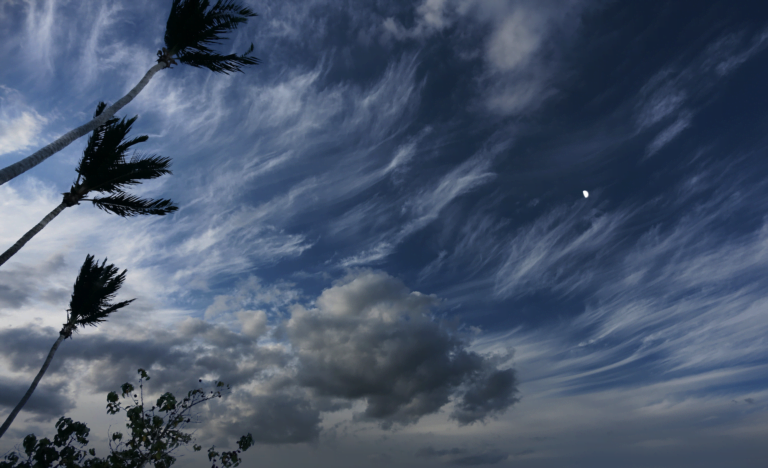Meteorologists encourage preparedness as the “second peak” of hurricane season approaches
NASSAU, BAHAMAS — American and Canadian models have forecasted a new tropical cyclone could form in the Caribbean Sea in the next few days and intensify into a major hurricane.
However, Director of the Department of Meteorology Trevor Basden said yesterday that confidence in the accuracy of the modeling was “very low” at this time.
Basden said meteorologists were still closely monitoring all available data.
“We are monitoring and there is even some video with some possibility of the GFS model giving a hurricane or some significant system — this is something that is to develop near central America and move toward us,” he told Eyewitness News.
“I spoke with the [National] Hurricane Center on it.
“They are aware of all of these things and the GFS model is predicting, but the confidence in it at this time is very low.
“So by tomorrow, which would be Thursday, we will have a look at it again to see if it would really develop.
“You don’t completely dismiss it, but you are aware that the confidence is low and just in case, we monitor every little thing.”
As of yesterday, the hurricane center was monitoring three systems in the Atlantic basin.
A broad area of low pressure heading west continues to produce a large area of disorganized showers and thunderstorms.
The disturbance has a 10 percent chance of development.
However, the hurricane center said regardless of development the system is expected to produce heavy rainfall across portions of the central and northern Lesser Antilles Wednesday, the Virgin Islands and Puerto Rico on Thursday, and Hispaniola on Friday.
A broad, non-tropical low-pressure system is expected to form over the weekend several hundred miles southeast of Bermuda.
According to the center, some slow development will be possible thereafter into early next week.
The system has a 20 percent chance of formation over the next five days as it moves southwest and the west to pass about midway between Bermuda and the Lesser Antilles.
Additionally, a broad area of low pressure could form early next week over the southwestern Caribbean Sea.
It could undergo some “gradual development” as it moves slowly west-northwestward.
The system has a 20 percent chance of development over the next five days.
If either system develops into a tropical storm, it would be the 26th named storm of the year.
Lull
There has been a lull in tornadic activity in the Atlantic basin in recent weeks.
But Basden encouraged residents to remain prepared as meteorologists anticipate the secondary peak of the season.
The Atlantic hurricane season traditionally has two peaks, the first on September 10 and the second during the third week of October.
During these peaks, tropical disturbances such as storms and hurricanes have an increased chance of development.
“Yes, we have been having if you want to call it a lull, but we still have a number of weeks to go,” Basden said.
“And those of us who monitor the tropics realize that there is a shift from the systems coming off the coast of Africa toward the United States.
“In October the pattern would be really from the western Caribbean Sea moving north and northeastward.
“And whether it is COVID-19 or not, the [virus] does not determine the extent of activity in the hurricane season.
“If persons find themselves in a difficult place where there is COVID stress and the like; that has absolutely nothing to do with activity in the season, and they are avised to continue to listen for signs of any development.”
He continued: “If you look at the 100-year or normalized chart for tropical storms and hurricanes… you’ll see that the main peak is the 10th of September, and then you get a secondary peak on the 15th of October.
“So, there is still a month where you can expect activity.”
“The so-called lull if I may is not really that there is no activity whatsoever because.
Major hurricanes have impacted The Bahamas in late October and even November.
Hurricane Wilma, which developed into a Category 5, formed in the Caribbean Sea on October 15 and passed The Bahamas with hurricane-force winds and powerful storm surge.
Hurricane Sandy tore through The Bahamas in late October 2012.
The Category 3 hurricane caused two deaths and an estimated $700 million in damage.
While November hurricanes have been rare historically, Hurricane Paloma developed on November 5, 2008.
Within days, the storm intensified into a Category 4 hurricane with 145 miles per hour winds.
It weakened to a Category 2 before making landfall over Cuba, and impacted The Bahamas, Jamaica, Florida, and Honduras as a tropical storm.


